Geoscience Reference
In-Depth Information
(a)
TD
(b)
TD
TD
(c)
Fig. 4.108
Duplex structures in compressive settings. (a) Hinterland inclined duplex; (b) foreland inclined duplex; and (c) antiformal stack.
The tectonic displacement (TD) for all three is the same, as indicated by the arrows.
mountain belts where they can be local or minor features
but important in the accommodation of the overall defor-
mation. For example, in extensional areas or compressive
settings, strike-slip faults, called
transfer
faults, orientated
parallel to the displacement direction, adjust the move-
ment of half-grabens showing different polarities or sepa-
rate areas experiencing different extension rates.
Tear
faults
are minor strike-slip faults associated with folds,
thrusts, or normal faults similar to the transfer faults, but
of minor extension. Although most strike-slip faults have
vertical roughly planar surfaces, forming straight traces on
the surface, bends (frontal vertical ramps), and stepovers
may form (Fig. 4.111). Bends and stepovers can be pro-
duced to the right or the left in both dextral and sinistral
faults. These features are important because they create
special stress conditions along the faults. For example, a
dextral fault having a right bend or stepover experiences
extension in the bend of the offset area due to block sepa-
ration during movement along the fault. Areas suffering
extension along a strike-slip fault are called
transtensional
areas, the bends being extensional or releasing. Basins
developed in transtensional areas are called
pull-apart
basins
(Fig. 4.112). Another example illustrating a very
different behavior occurs in a dextral fault with a left bend
or stepover. In this case, the blocks are compressed against
each other in the bended or offset area creating a
trans-
pressive
area, and the bends or stepovers are called contrac-
tional or restraining. Transpressional and transtensional
settings cause particular deformation structures called
strike-slip duplexes
or
flower structures
, defined by horsts
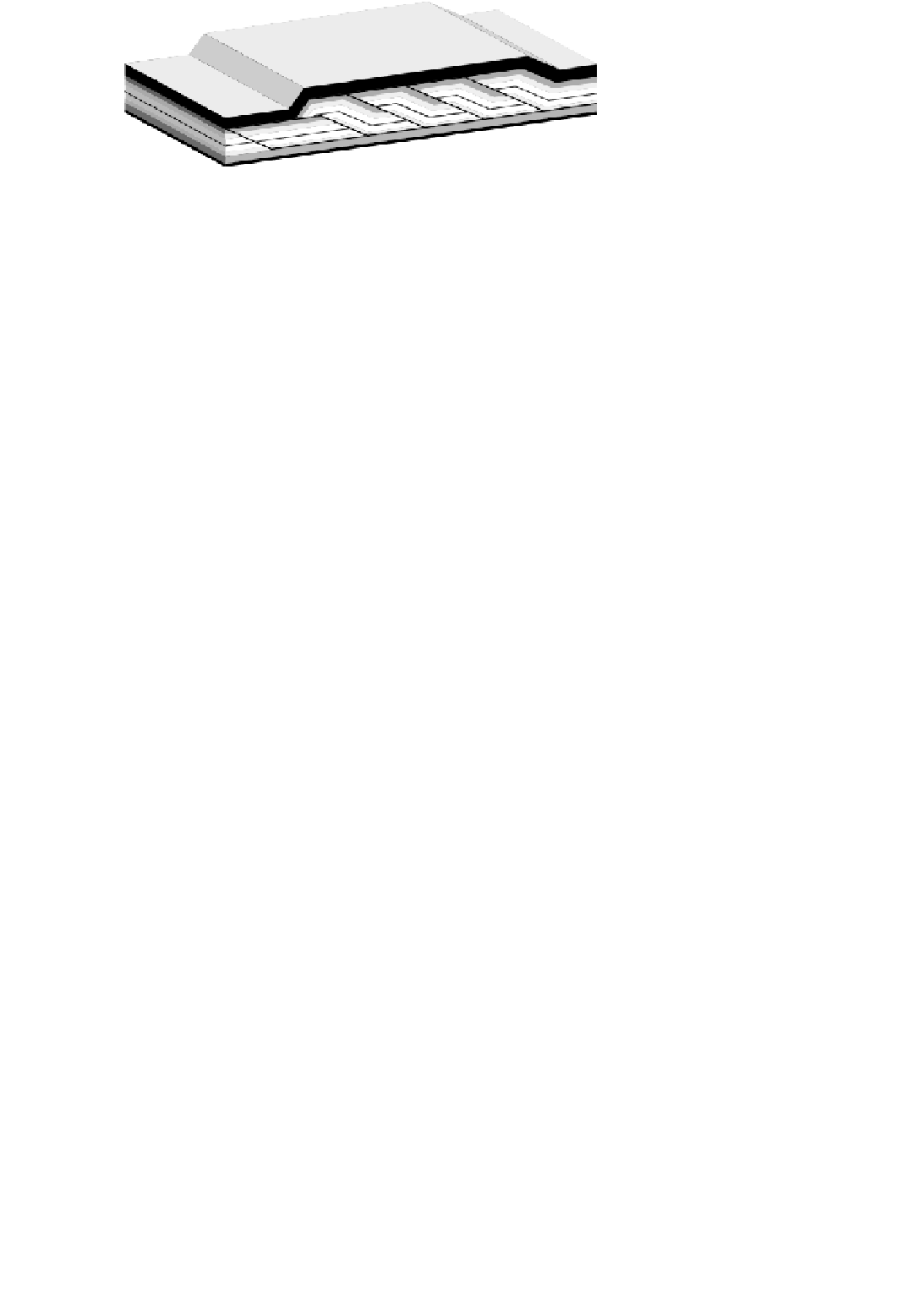
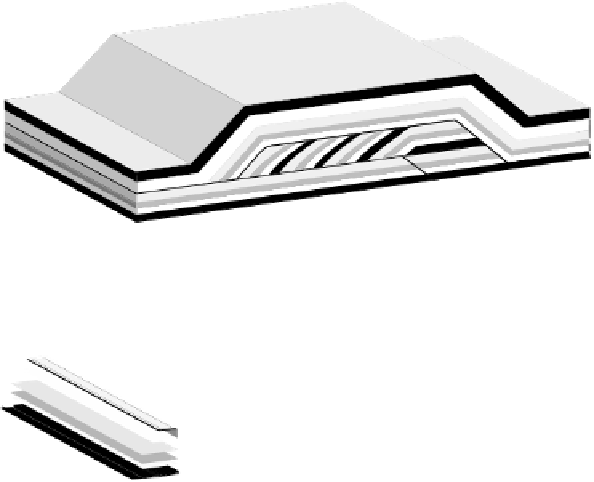









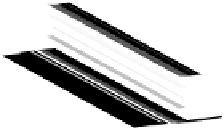
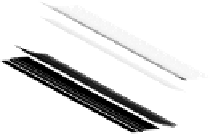
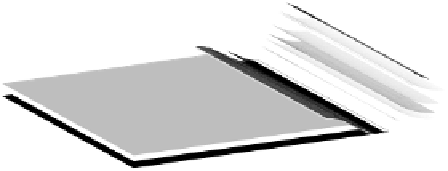

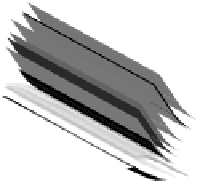

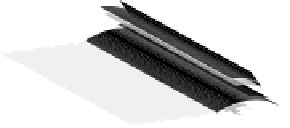

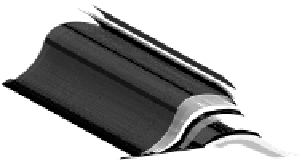



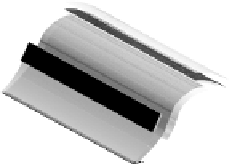
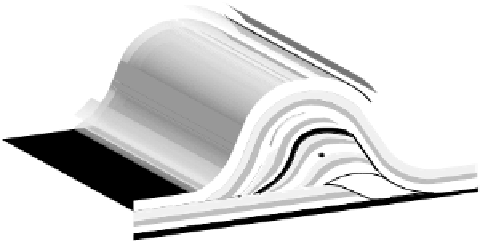


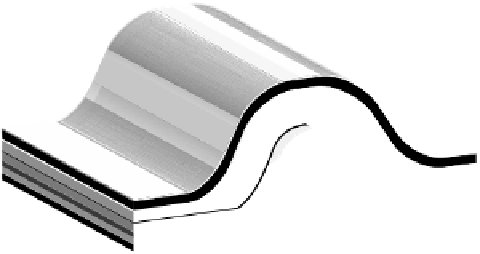





Search WWH ::

Custom Search